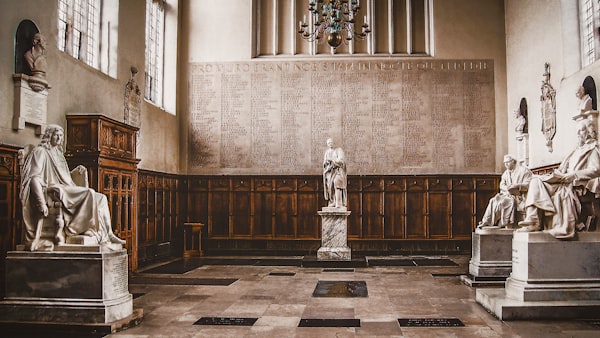Film Discussion 21: The Good, the Bad, and the Ugly (1966)
Film Discussions have started again with a bang! (pun intended). Thanks to Nick and Josh for a great discussion as we dissected a masterfully created Western. We covered the role of violence and justice in the world of the film and it's commentary on the world we live in.
We also debated whether Clint Eastwood was a hero, if "good" was an accurate description of his character, and the role he played in their society. When imagining the film without him though, though his actions aren't completely just, there is a need for someone is his place. Someone uninhibited by laws and able to carry out vigilante justice. Is it ideal? No, but it seems better than what it could be.
Have you watched this film? Is there anything we didn't cover or missed? Let us know if the comments. As usual, below are some show notes with links I was able to find around the web related to the film:
Show Notes
Paul Lister on the cynicism of this film in contrast to other westerns
The Good, the Bad and the Ugly is the quintessential Spaghetti Western, not concerned with strong law abiding citizens or clean cut hero's of any kind. It absolutely blows the old John Wayne westerns out of the water with all the despicable acts and devious double crossing going on, it's far more cynical about the desires and morality of men who are more interested in money than loyalty - although they will keep their word as their bond if it means getting more money or putting one of their rivals in a sticky situation.
Sergio Leone on the violence in this film
Leone explains that "the killings in my films are exaggerated because I wanted to make a tongue-in-cheek satire on run-of-the-mill westerns... The west was made by violent, uncomplicated men, and it is this strength and simplicity that I try to recapture in my pictures."
Roger Ebert on the visual style of the film
In these opening frames, Sergio Leone established a rule that he follows throughout "The Good, the Bad and the Ugly." The rule is that the ability to see is limited by the sides of the frame. At important moments in the film, what the camera cannot see, the characters cannot see, and that gives Leone the freedom to surprise us with entrances that cannot be explained by the practical geography of his shots.
For Fun: Neurocinematics: The Neuroscience of Film
An interesting study on the ability of a well-constructed film like The Good, the Bad, and the Ugly to synchronize the brain wave patterns in an audience. Kind of crazy!




